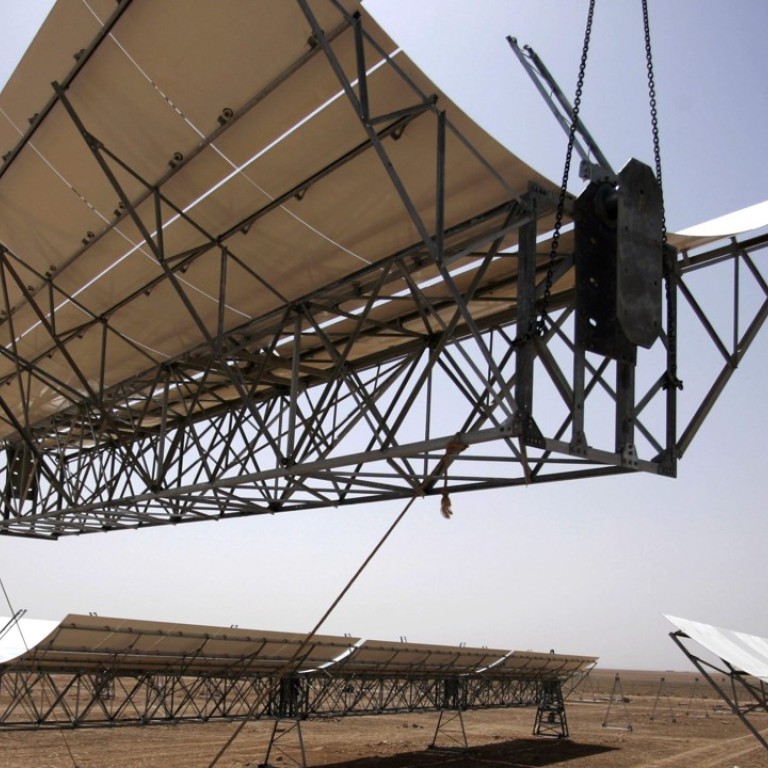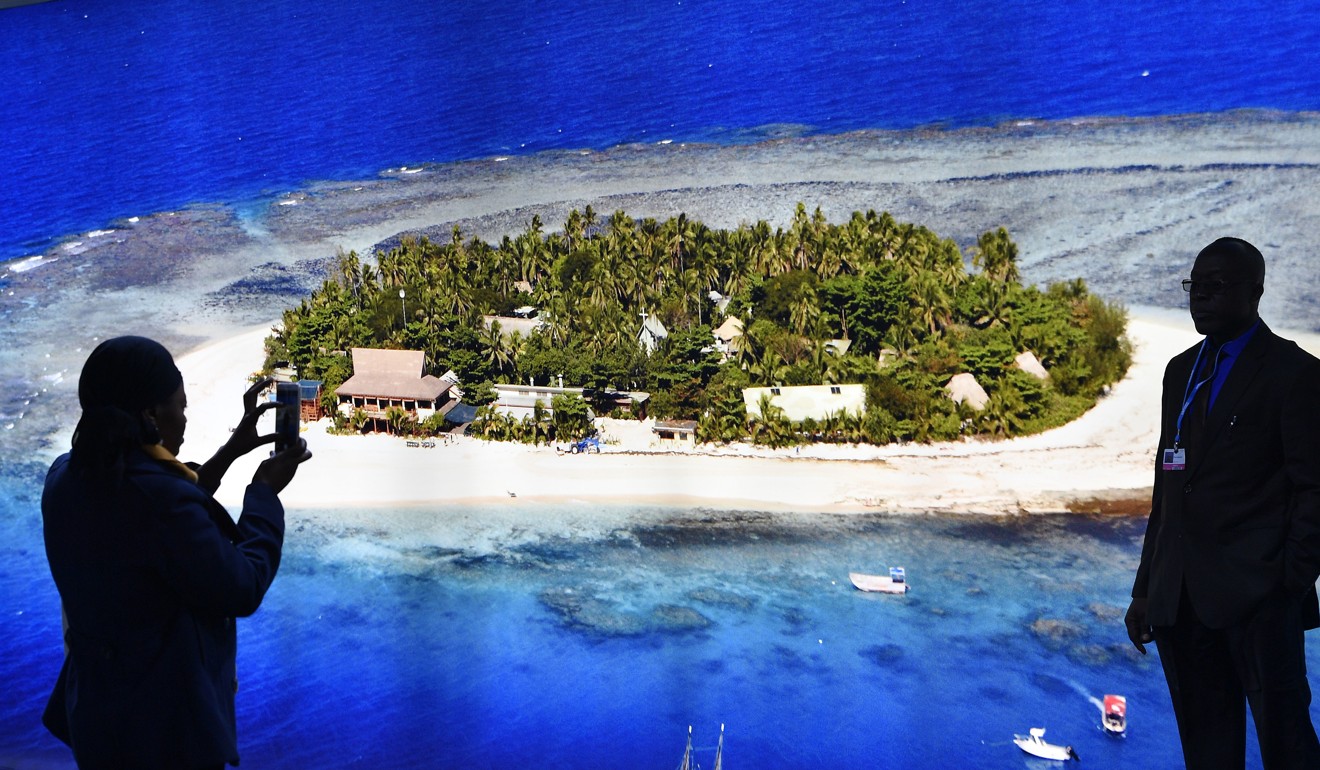
How the flexible Paris climate accord can become a foundation for sustainable development
Lord Prescott and Andrew Hammond welcome the climate agreement’s approach that allows nations, particularly in the developing world, to meet emission-reduction targets in their own way
Moving forward with its implementation was the major point of discussion. This includes delivering on the targets decided by each country, referred to as nationally determined contributions.
The importance of these targets reflects that Paris is a flexible, “bottom-up” treaty where countries develop plans to realise emissions targets with national and subnational governments in partnerships with business.
The Paris accord created a global architecture for tackling global warming, but recognises that diverse, often decentralised policies are needed in different economies.
Changing the world, one Monday at a time
‘The market has moved, the world has moved’: 20 countries join global alliance to phase out coal by 2030
This represents a breakthrough from the more rigid Kyoto Protocol framework. Kyoto worked in 1997 for the developed countries that agreed to it. But a different way is needed for the Paris deal, involving more than 170 diverse developing and developed states which agreed to reduce global carbon dioxide emissions by 80 per cent by 2050.
The diversity of climate measures that countries started pre-Paris reflects this. About half of these 800 or so measures (398) were legislative, and a little more than half (408) executive actions.
A key part of the drive is harnessing how renewables could drive a new industrial revolution, potentially becoming a key source of economic growth and sustainable development. In Morocco, the drive towards renewables relies not just on big infrastructure projects like solar and wind plants, but less expensive local, small-scale initiatives to encourage key eco-friendly projects, including in agriculture.

Climate action: 25 cities pledge to cut carbon emissions to net zero by 2050
Thus, along with major power projects, there is an emphasis on encouraging the agricultural sector (employing more than 40 per cent of workers) to become more climate conscious. There are plans under way with irrigation systems to reduce use of water and energy.
If countries leverage the framework, it can become a foundation of future sustainable development for billions across the world in the 2020s and beyond.
Lord Prescott is a former UK deputy prime minister and was Europe’s chief negotiator for the Kyoto Protocol. Andrew Hammond is an associate at LSE IDEAS at the London School of Economics

